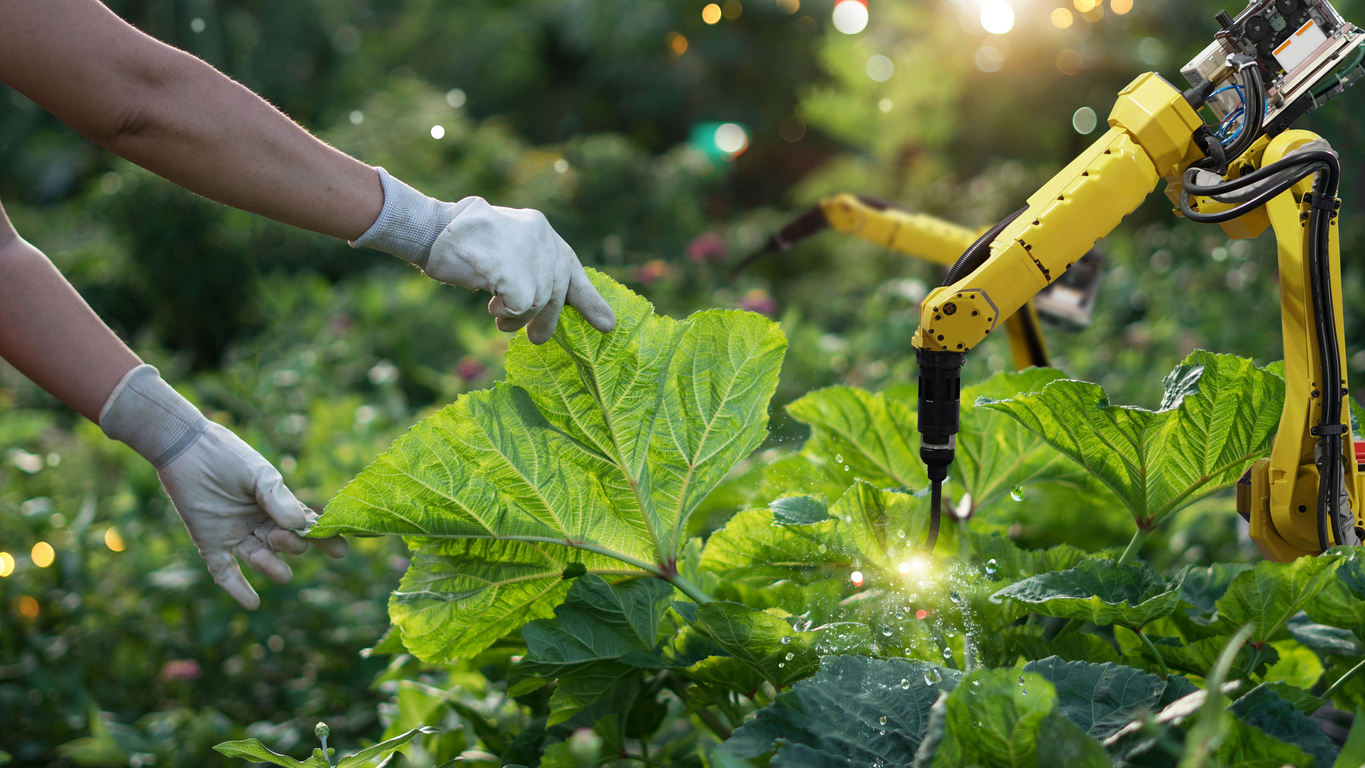Ecological Farming (ECO Farming)
ECO Farming or ecological farming is a new way of improving our soils, improving nutrient and fertilizer efficiency and ultimately increased crop yields while protecting the environment. Ecological farming is an integrated system of practices that closely mimics and works with natural processes. For years, farmers have increased crop yields by plowing up the soils (using fuel and equipment) and then utilizing fertilizer and crop inputs like herbicides, insecticides, and fungicides to control pests. The upside of this has been higher crops yields but the inputs like fuel, fertilizer, and pesticides are becoming more expensive.
Modern agriculture now has to deal with environmental problems including soil erosion, soil compaction, nitrogen and phosphorus runoff, flooding, resistant weeds, insect infestations, and crop diseases. In a nutshell, the goal of ecological farming is to produce profitable high yielding crops that utilizing inputs efficiently while protecting the environment. Skeptics think it is impossible, but innovative farmers report improved soils, lower inputs, and higher profitability with good or better yields.
Ecological farming starts by farming in Mother Nature’s vision. First the soil is considered a living organism which needs to be fed, nurtured and protected. Soil disturbance is minimized to promote a healthy microbial population and a fully functioning soil ecosystem. Second, live plants with extensive root systems are continuously produced on agricultural soils to create a healthy dynamic ecosystem that enhances the soil for crop production. If a grain crop is raised on the soil for 4-5 months, a cover crop is planted to protect and enhance the soil the other 7 or 8 months of the year. Third, modern best management practices are utilized in this system to enhance the soil and increase crop production. Some or all of the following best management practices and technologies may be practiced together: controlled traffic, water table management, precision agriculture, integrated pest management (IPM), multi-species cover crop diversity, crop rotation, genetic manipulation of crop varieties, and other practices.
According to Randal Reeder, “Controlled traffic is confining all the high load wheel traffic from farm equipment to specific lanes or tramlines (traffic pattern) in crop fields year after year. The purpose of controlled traffic is to improve soil health by reducing soil compaction while increasing water infiltration and reducing excessive runoff and energy consumption.” (NRCS Conservation Practice Standard: Controlled Traffic Farming (720)).
Using controlled traffic with auto-steering allows farm equipment to have improved traction during early spring planting and harvest time. The benefits of controlled traffic, auto-steering, and variable rate technology is that less seed is wasted because there is less overplanting; fewer herbicides, fungicides, and insecticide chemicals are used on point rows; and fertilizer applications may be applied more efficiently which ultimately results in less fuel, labor, and inputs being needed (Reeder and Smith, 2000).
Water table management may be used to store and control water in the soil profile (tile) during or after the growing season to improve plant growth or to reduce soluble nutrient losses. Other technologies may also include integrated pest management (IPM) to control pests (weeds, insects, crop diseases), genetic manipulation (GMO) of plant genomes to maximize sustainable economic yields, and crop rotations and biological controls to promote a healthier bio-diverse soil ecology.
Farmers may have to slightly sacrifice yields short-term or change short-term management if long term higher economic yields are to be obtained. Shorter maturity corn or soybean variety may be planted so that the cover crop is established before winter. Cover crops typically need at least 60 to 90 days of growth before winter occurs (Midwest Cover Crops Council, 2012). In some cases, cover crops may have to be inter-seeded into maturing crops.
The good news is that crop yields are tied to moisture availability and cover crops add organic matter and increase the water holding capacity of soils. The benefits of higher organic matter may be seen in a drought year with high organic matter soils producing higher crop yields. Farmers may see a slightly negative return for 3-5 years during the initial transition period. Higher yields and increased profitability may not occur until most soil problems are resolved.
ECO farmers are discovering that nutrient efficiency improves when plants exist on the soil year round. The soil is protected by live plants and crop residues increasing water infiltration and water storage, reducing soil erosion and sedimentation, water runoff and flooding, and creating a healthy soil system to recycle and store soil nutrients. Weeds infestations tend to improve due to increased competition from the cover crops for sunlight and soil nutrients. Insects and soil borne diseases may decline due to increased biodiversity and beneficial predators consuming the pests. These benefits mean that fewer farm inputs may be needed long-term to produce sustainable and profitable crop yields while the environment benefits from fewer lost inputs. See putnam@osu.edu for a factsheet for more information on ECO Farming in the 21st Century.
